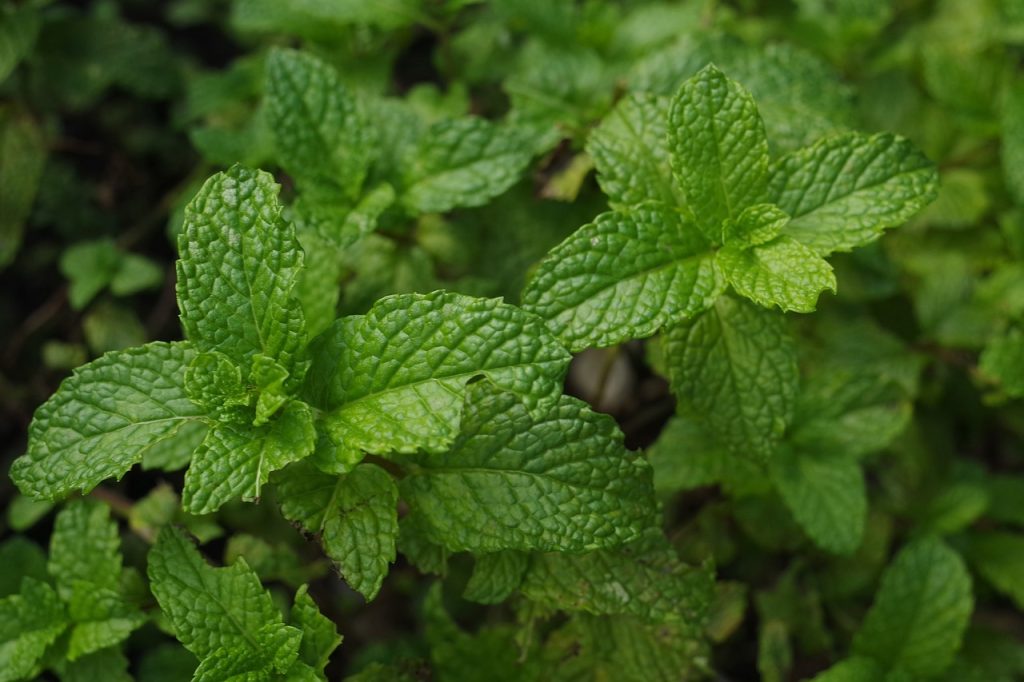Magic of Mint, with its invigorating fragrance and refreshing taste, is more than just a kitchen staple. This versatile herb has been cherished for centuries, not only for its culinary uses but also for its medicinal properties and aromatic appeal. Whether you are a seasoned gardener or a novice, mint can be a rewarding addition to your outdoor garden, providing lush greenery and a burst of flavor to your dishes.

The Rich History and Origins of Mint
Mint, belonging to the genus Mentha, encompasses over 25 species, most notably peppermint (Mentha piperita) and spearmint (Mentha spicata). The plant’s history traces back to ancient civilizations, where it was revered for its healing properties and its ability to soothe and calm. From the Egyptians who used it in burial rites to the Greeks and Romans who celebrated its aroma, Magic of Mint has always been a symbol of hospitality and health.
Appearance and Varieties of Mint
Mint plants are known for their square stems and fragrant, serrated leaves. The leaves are typically bright green, although some varieties may have purple or variegated foliage. Mint can spread rapidly, often reaching heights of 12 to 36 inches. Some popular varieties include:
- Peppermint: Known for its strong menthol scent, ideal for teas and medicinal uses.
- Spearmint: Milder than peppermint, perfect for culinary dishes and beverages.
- Chocolate Mint: Offers a unique mint-chocolate aroma, great for desserts.
- Pineapple Mint: Features variegated leaves with a hint of pineapple flavor, excellent for garnishing.
Creating Ideal Conditions for Mint Growth
Light Requirements
Mint thrives in full sun to partial shade. While it can tolerate a variety of light conditions, optimal growth is achieved with at least 3-4 hours of direct sunlight daily.
Soil Preferences
Rich, well-drained soil is ideal for mint. A loamy soil with a pH between 6.0 and 7.0 will support healthy growth. Consider adding organic matter like compost to enhance soil fertility and drainage.
Watering Needs
Mint requires consistent moisture but should not be waterlogged. Water the plant regularly, ensuring the soil remains damp, especially during dry spells.
Temperature Tolerance
Mint is a hardy plant that can tolerate a range of temperatures. However, it flourishes in mild climates, preferring temperatures between 55°F and 70°F. In colder regions, Magic of Mint can survive winter with adequate mulch protection.

Planting and Propagating Mint
Planting Mint
When planting mint, consider using a container to prevent its invasive spread. If planting in the ground, use barriers or regularly trim the roots to control its growth. Spring is the best time to plant mint, after the last frost has passed.
Propagating Mint
Magic of Mint is easy to propagate through cuttings or division. For cuttings, snip a 4-inch section of the stem and place it in water until roots develop. For division, separate a section of the root system and plant it in a new location.
Seasonal Care for Mint
Spring and Summer
These are the growing seasons for mint. Regularly harvest leaves to promote bushier growth. Ensure the plant receives adequate water and nutrients.
Fall and Winter
In autumn, cut back mint to prevent legginess. Mulch around the base to protect the roots from winter chills. In colder climates, consider bringing potted Magic of Mint indoors.
Common Problems and Solutions
Pests
Mint is susceptible to pests like aphids and spider mites. Regularly inspect the plant and use insecticidal soap or neem oil as a natural remedy.
Diseases
Fungal diseases such as rust and powdery mildew can affect mint. Ensure proper air circulation and avoid overhead watering to reduce risk.

Real-Life Uses of Mint
Mint is a staple in culinary applications, from refreshing teas and cocktails to savory dishes and desserts. Its essential oils are used in aromatherapy for their calming effects, while its medicinal properties aid in digestion and relieve headaches.
Magic of Mint FAQs
Yes, mint can thrive indoors with adequate sunlight and regular watering. A sunny windowsill is an ideal spot.
Plant mint in containers or use root barriers to control its spread. Regularly trim the plant to maintain its size.
Harvest mint leaves as needed, ideally in the morning when the oils are most potent. Regular harvesting encourages bushier growth.
Yes, mint can deter pests and attract beneficial insects. However, its invasive nature means it should be planted in containers when used in companion planting.